Table of Contents
Fintech and Blockchain
Fintech as we know stands for financial technology. It simply refers to the usage of innovative technologies to improve financial services. In a sense, technology has always helped the finance industry grow. Right from the early abacus to modern means of technology, finance and technology have gone hand in hand.
The term fintech today is associated with every new technology including artificial intelligence, machine learning and blockchain in Finance environment. Out of all of the current technologies that are pushing the fintech revolution ahead, blockchain is one of the most important ones.
The future of fintech is blockchain. At the moment blockchain is beginning to gain steam, it has thus not yet become the mainstream form of technology. Due to this reason, many people still do not fully understand what blockchain is.
What is Blockchain?
Before we talk about blockchain, let us understand the conventional system of storing and processing information in a classic payment system.
Let us assume that you go to a store and pay through your credit card. When you hand over your credit card to the cashier, the cashier uses the point of sale terminal to make the payment.
Once the credentials are verified by the bank, over the internet, the payment is complete. The process of this verification includes sending the information to the bank, where the bank verifies the credentials and then relays the information back to the pos terminal.
This whole process depends on the bank carrying out the transaction processing and verification. This is the front end of this whole transaction processing and verification system. At the back end, the data is stored in servers of the bank. These servers are protected with the latest possible security protocols to ensure data security.
More or less the same process takes place when you present a cheque for clearing, the main difference with cheques however is that it takes longer for a cheque to clear through. It usually takes 24 to 48 hours and if the amount on the cheque is unusually large, then the bank may add further verification steps.
There are some loopholes in the above-mentioned process flow. These loopholes allow fraudsters and hackers to hack into the systems and carry out data and identity theft. If you lose your credit card or if someone gets access to your credentials, they can easily use your card for any purchase, unless you get the card blocked in time.
Servers of banks are also not hackproof. Every year hundreds of data breaches occur and result in data and identity theft. Sometimes hackers exploit loopholes in the system and at other times they use people within the banks for these data hacks.
Now, where does blockchain come in? To start off with, blockchain is simply a protocol or a way of verifying and processing transactions. But it differs completely from how we currently process and verify the information.
Fintech and Blockchain
Blockchain consists of nodes, each node can be present anywhere in the world. The node is basically a computer or a system or a mining farm. You must have heard about bitcoin mining, that mining is done by people having computers dedicated to mining the bitcoins. Each computer that is used for mining becomes a node.
Now since the nodes are all public computers, this makes blockchain decentralized to start off with. The conventional system is centralized because it carries out processing and verification through the bank, which then stores and shares the information with the relevant authorities. Blockchain is decentralized, the data and information on a blockchain are not in any particular location. The servers of the banks are on the other hand stores in specific locations.
Ok so that is how you store information on a blockchain but how do you verify it? Under the conventional system, banks verify every transaction and they charge every time they verify a transaction. This is one of the revenue streams for banks. Well on a blockchain, all of the computing power available through the nodes, carries out the task of verifying every transaction.
Whenever a transaction is entered into a blockchain, it is sent to one of the nodes. This information is encrypted so that the node does not know what it is verifying. The blockchain issues a hash code that has to be solved by the node. How quickly a node solves that hash depends on the computing power it has. Once the node has solved the hash, it has effectively verified the transaction. The verified transaction is then added as a block to the already existing information, thus forming a chain of blocks carrying information.
So now we know that blockchain is firstly decentralized and secondly it uses that decentralized system to process and verify the transactions. Blockchain is also immutable, which means that once you enter any information or data into the system, it stays there forever. So a transaction once entered into the system, creates a trail that cannot be erased or changed in any manner. This makes blockchain more transparent than the conventional financial system, where it is very easy to hide the money trail.
In addition to these features, since blockchain is decentralized and is not controlled or restricted by geographical boundaries or time zones, the data on it can be accessed from anywhere in the world at any given time. As compared to this, if you look at stock markets, you can only trade within a given time window and cross border trading, although allowed, comes with a few barriers.
So blockchain is:
- Decentralized
- Secure and transparent
- Immutable
- Not restricted by regions or time zones
These four basic features of the blockchain address the key drawbacks of the conventional financial system and the transaction processing and verification system of the banks. It is important to remember that blockchain is the foundation or the framework that provides you with a platform to build anything upon it.
Bitcoin happens to be the first cryptocurrency that was built upon it, followed by many others including Ethereum. You can build lending and saving applications, investment applications and any other application upon the blockchain. If we take this concept a little further, we enter into the realm of DeFi which is short for decentralized finance, which we shall try to cover in a future write up.
Let’s keep in touch!
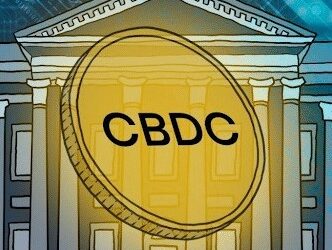
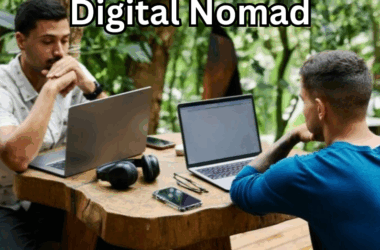
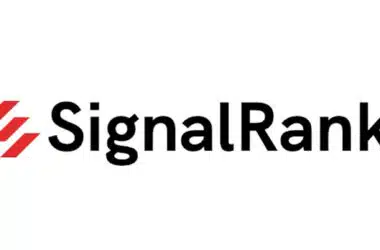




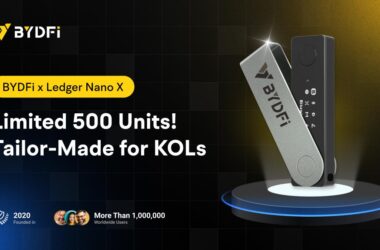
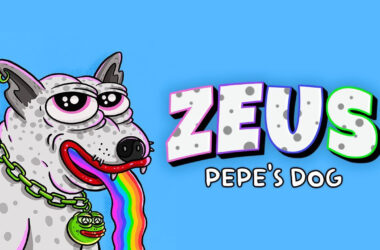
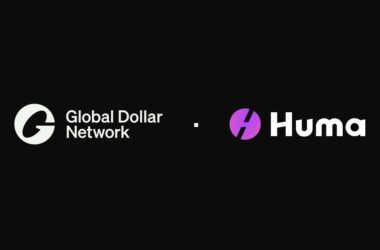
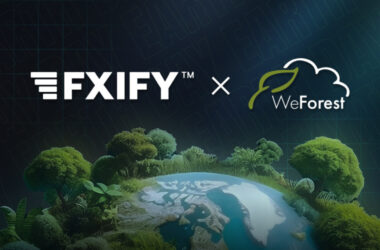
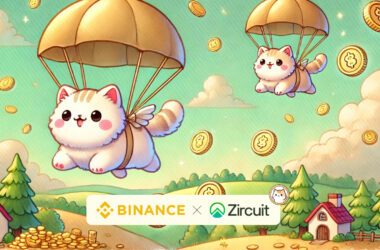

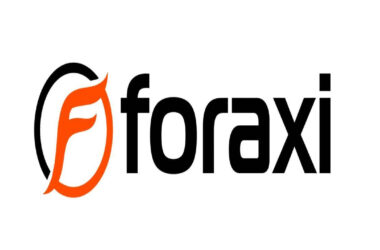

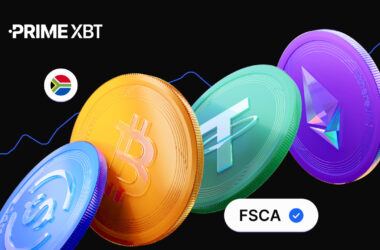
Recent Comments